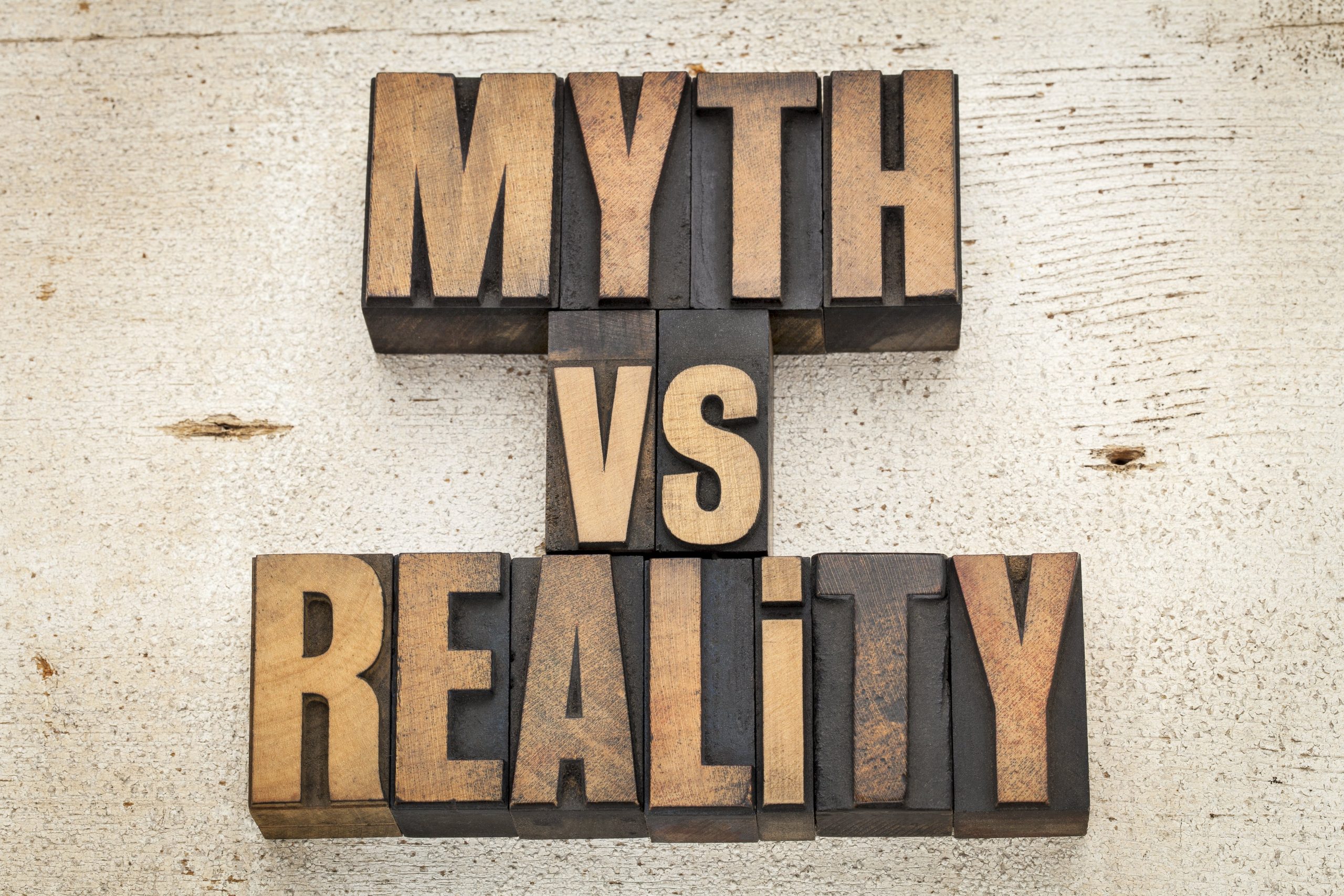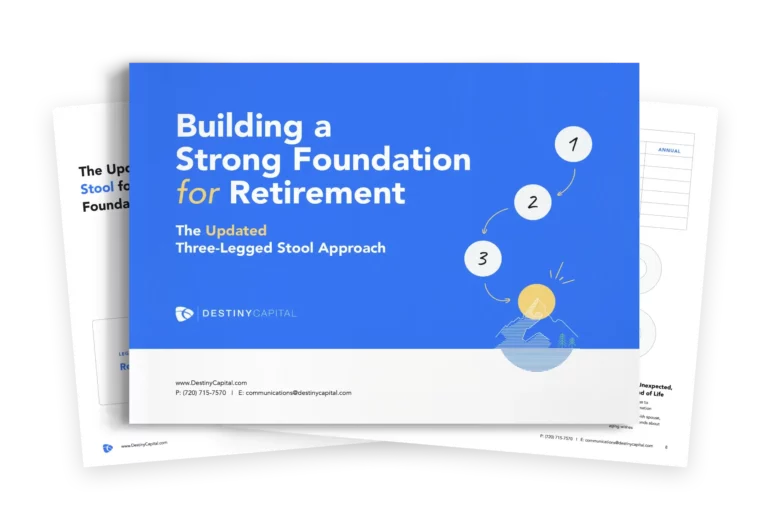
5 Popular Myths About Grieving
The common misconceptions we have about grief can amplify the pain surrounding the death of a loved one. The unrealistic and unnatural expectation of the emotions and actions for those who are grieving have become harmful. Knowing and understanding these common myths can help avoid some of the pain we put ourselves through.
Myth #1: There Are 5 Stages of Grief
The Kübler-Ross model produced and popularized a theory of the fives stages of grief; denial, anger, bargaining, depression, and acceptance. There are a few myths associated with this theory. The first being that these emotions are linear and the person processing these emotions can only go through them one at a time. They cannot move on to the next stage without completing the previous stage first. Have you ever felt just one emotion at a time in your entire life? Why, after going through one of the most traumatic events a person can go through, would this suddenly be the case? Emotions fluctuate and mix day-to-day, hour-to-hour, minute-to-minute.
This theory was developed from interviews with terminally ill patients. Not friends and family members who had recently lost a loved one. Applying the grief felt by those who are terminally ill to the bereaved is faulty logic and does not hold true. They are not the same thing nor should they be treated as such.
Myth # 2: Time Heals All Wounds
The famous words of Rose Kennedy sum up this myth beautifully: “It has been said, time heals all wounds. I do not agree. The wounds remain. In time, the mind, protecting its sanity, covers them with scar tissue and the pain lessens. But it is never gone.”
Myth #3: The Goal is to “Get Over It”
To “get over it” implies that there is an end goal of returning to the way things were before losing your loved one. You were you, you lost someone important to you, you mourned them, now you are back to being your old self again. Mission accomplished. Life can resume. Believing you and your life will return to how things were is an impossible goal, and more importantly, it is potentially harmful.
Instead, you should reconcile with what has happened and make peace with an altered life when the presence of the loved one is no longer there. Reconciliation is not an event. You do not suddenly come to terms with what has happened as you brush your teeth one morning. It is a process. It has its good days, and it has its bad days. It can be strong, and it can be weak.
Myth #4: Be Strong. Be Brave. Be Fearless.
We have all watched the scene in a movie where a widow is at her late husband’s funeral, and there is one glistening tear streaming down her face as the eulogy is being read aloud. She is strong, and she is brave. This is not real life and should not be the standard to live up to. Expressing emotion, crying, asking for help, and needing the support of others are not signs of weakness, acting crazy, or self-pity. These are the real signs of grieving.
Society gives us a message to admire those who pick up the pieces and get back to “normal”. Mourning should not be done quickly, quietly, efficiently, and alone. Grieving should be something to experience, not to overcome.
Myth #5: Grief Lasts For One Year
A year is the Earth’s 584 million mile journey around the sun. Why does this have anything to do with the amount of time a person has to grieve? If a person passes away during a leap year, are you allowed an extra day to grieve? There is no time limit on how long the grieving process should take, nor should there be. It is a process, not a countdown to the 1-year anniversary.
The underlying theme with all of these myths is that no one’s emotions or grieving process are the same. We do not have to fit ourselves into a box of how we think we “should” handle the situation. Stop playing the “should” game with yourself. Deal with the thoughts and emotions as they happen. Give yourself grace as you experience the process of grieving.
Have any questions? We’re here to help!
{{cta(‘b98204c7-0e0e-4d3b-895d-e54ef00e4f97’)}}




